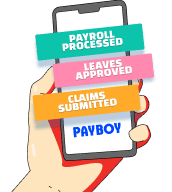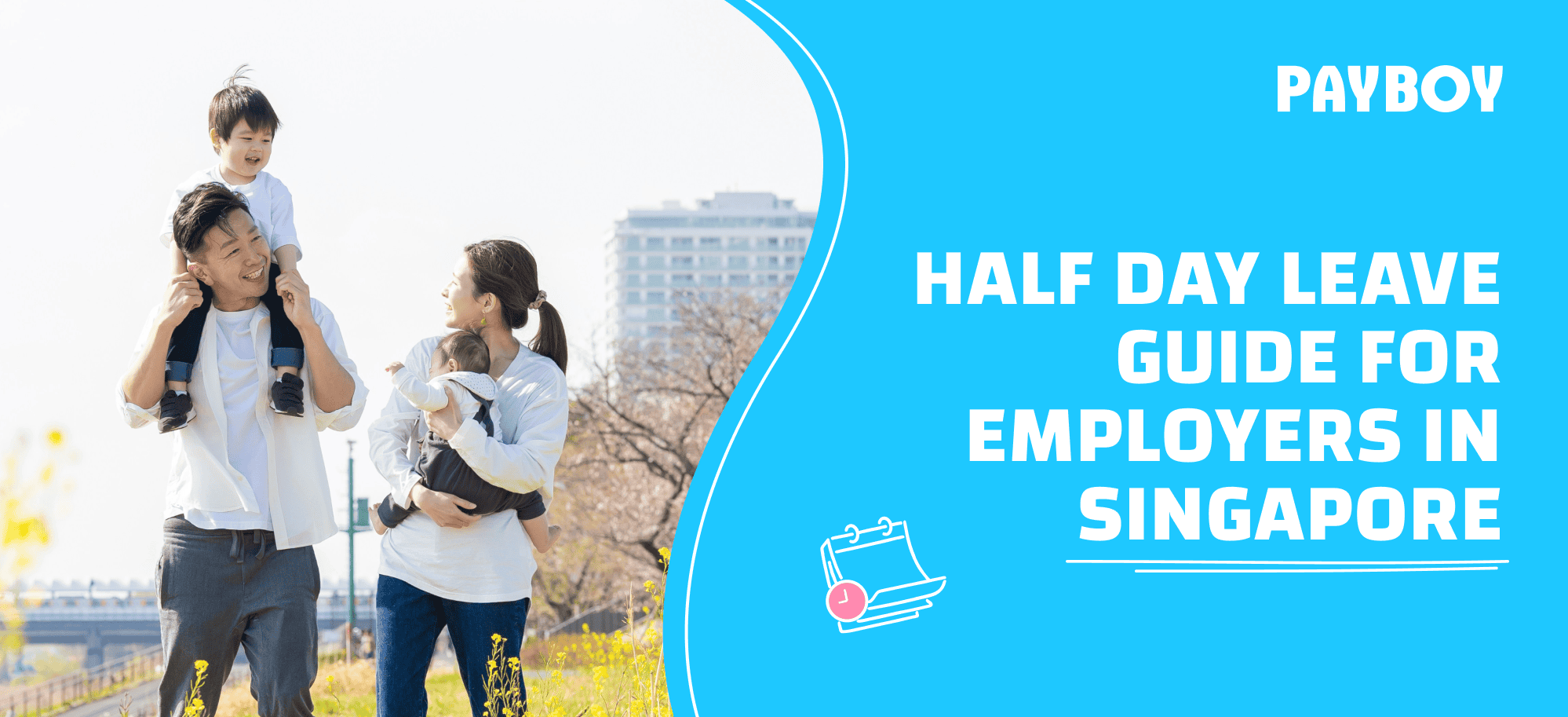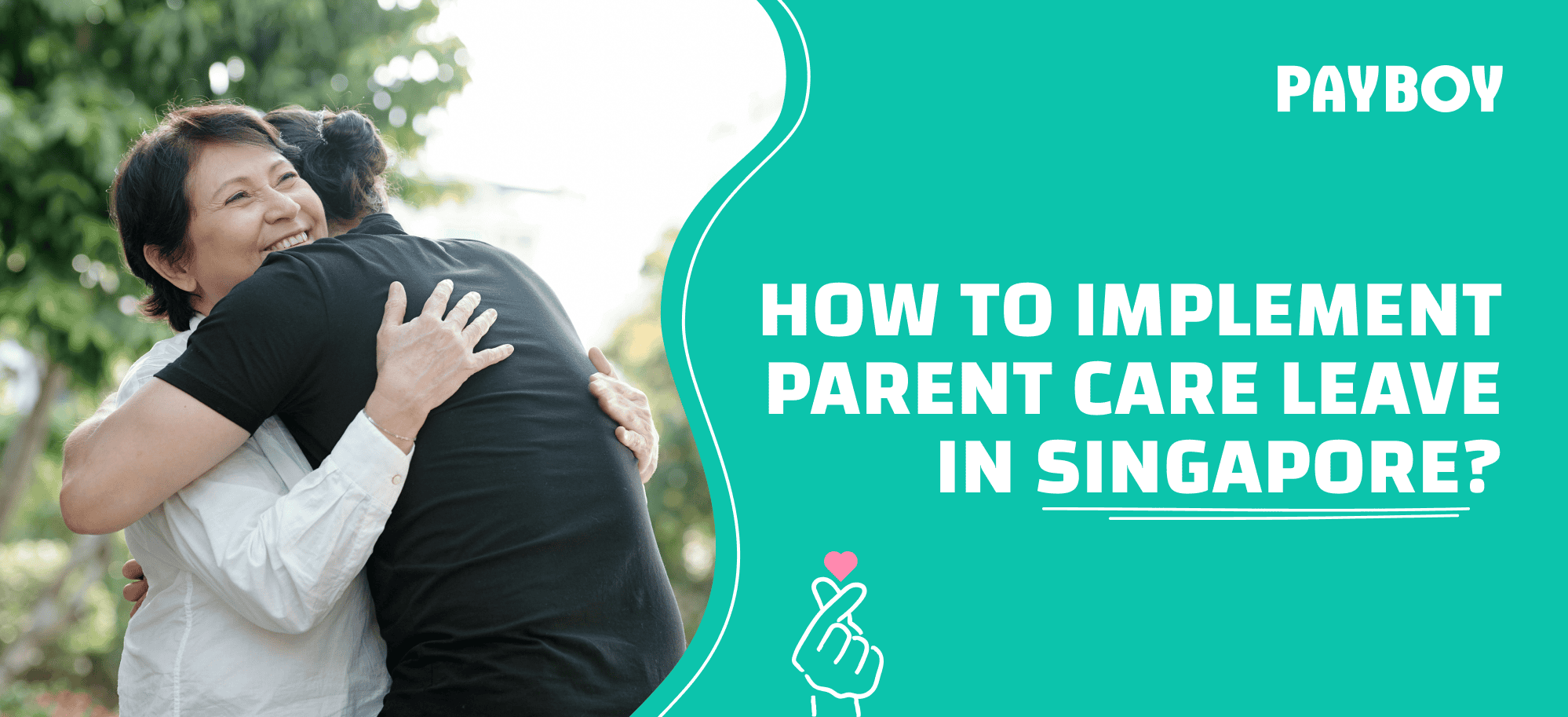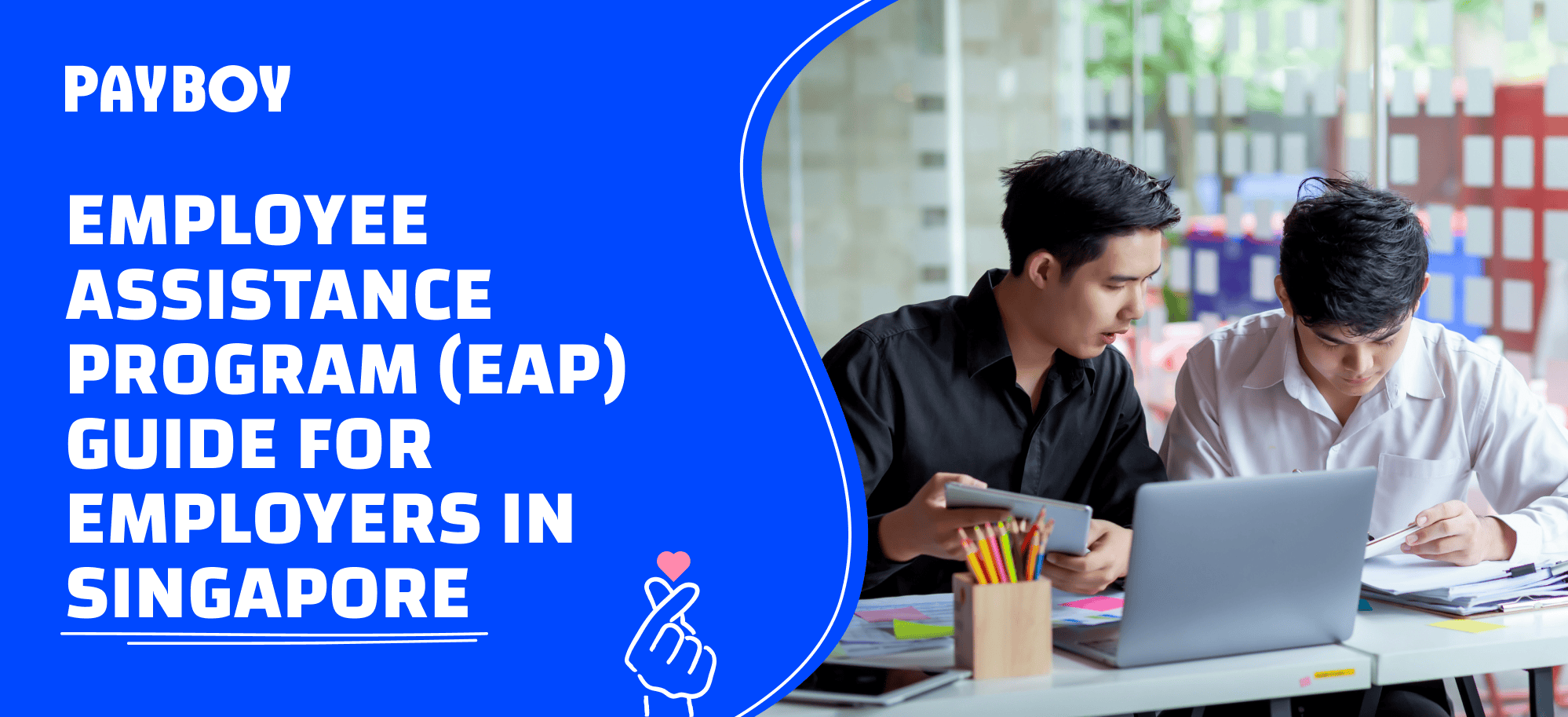Nowadays, employee well-being has become a critical focus for companies of all sizes. One of the ways to support this is through offering half-day leave—a form of flexible time off that allows employees to balance their personal lives with work commitments. While half-day leave may seem like a simple concept, it involves several aspects, from compliance with labour laws to crafting internal policies that meet both business and employee needs. In this comprehensive guide, we will explore what half-day leave entails, the legal framework, and how employers can manage and implement half-day leave policies effectively.
What is half day leave?
Half-day leave refers to time off that an employee takes for part of the working day, typically four hours or less, depending on the company’s policies and the length of the full working day. It allows employees to attend to personal matters, such as medical appointments or family commitments, without taking an entire day off work. For employers, offering half-day leave can contribute to employee satisfaction and productivity, as it demonstrates flexibility and consideration for employees’ personal needs.
Although not mandated by law, half-day leave can be a valuable component of a company’s broader leave policies, offering more flexibility for both the employee and the organisation.
Is half day leave compulsory in Singapore?
While there is no mandatory requirement from the Minister of Manpower (MOM) for employers to offer half day leave under Singapore's employment laws, many companies consider including it in their leave policies to accommodate unexpected situations faced by employees.
How should half day leave be calculated?
Half-day leave is typically calculated on a prorated basis, based on the employee’s regular working hours. For example, if an employee works 8 hours per day, 4 hours off would count as half a day of leave.
What are some types of leaves that can be used for half day requests?
Depending on the nature of the half day leave, employees can consider applying for these statutory leave entitlements:
Annual leave
Annual leave is an important part of ensuring that your employees are fulfilled and productive. Our go-to “Annual Leave guide for employers in Singapore” provides an overview of annual leave entitlements as well as some useful tips on managing annual leave. Keep reading on and find out everything you need to know about annual leave in Singapore!
Sick leave
Sick leave is a crucial aspect of employee welfare, ensuring that employees can prioritise their health while also safeguarding the productivity and well-being of the workplace. For a comprehensive understanding of leave entitlements, our "Sick and hospitalisation guide for employers in Singapore" offers valuable insights that can complement your half day leave policy, ensuring you're well-equipped to support your team effectively.
Childcare leave
Childcare leave is one of the key benefits for employees in Singapore, offering working parents the means to excel in their professional journey while nurturing their families. Employers have a pivotal role in comprehending the intricacies of childcare leave regulations, serving as a bridge between employees and the law. Our ”Childcare leave guide for employers in Singapore” answers common questions and aims to help you create a legally compliant and family-oriented workplace.
Compassionate leave
Compassionate leave in Singapore is a type of leave that employees can take to deal with issues relating to the death, injury, or illness of their immediate family members. As an employer, it’s important to demonstrate empathy and understanding towards employees during challenging times. Let’s explore our comprehensive “Compassionate leave guide for employers in Singapore” to navigate this type of half day leave request with ease.
Can half-day leave be taken for statutory sick leave?
Statutory sick leave is generally taken in full-day increments, but employers may offer half day sick leave as part of their internal policies.
What should I include in the leave policy for half day leave?
Creating a well-structured half-day leave policy is crucial for ensuring that both the employer and employees understand the guidelines. Here’s how to approach it:
Policy Structure
The half-day leave policy should be clearly outlined in the company’s employee handbook or internal HR documents. It should detail the conditions under which half-day leave can be taken, how it is calculated, and any restrictions or limitations.
Key elements to include:
- Eligibility criteria: Specify which employees are eligible for half-day leave (e.g., full-time, part-time, probationary employees).
- Prorate leave calculation: Clarify how half-day leave is deducted from annual leave entitlements.
- Advance notice requirements: Determine how much notice is required to request half-day leave.
- Supporting documents: Clarify if any supporting documents, such as medical certificates or proof of emergency, are required when requesting half day leave.
- Restrictions: Highlight any restrictions on when half day leave can be taken, such as during peak business periods or company events.
- Usage limits: Set guidelines on how frequently half-day leave can be used.
Approval process
The approval process for half-day leave should be streamlined to avoid delays or confusion. Employers should empower managers or HR personnel to make quick decisions on leave requests, especially for half-day leave, which often arises from half day personal matters.
Best practices for approval:
- Implement an online system for leave requests.
- Provide guidelines for managers to follow when approving or rejecting leave requests.
- Ensure the policy is consistently applied across the organisation.
Can an employee take unpaid half day leave?
When employees have exhausted their leave entitlements, they may request unpaid half day leave. It's essential to have clear guidelines for unpaid leave to ensure fairness and consistency. For detailed insights, refer to Payboy's unpaid leave guide for employers in Singapore.
Are Singapore Permanent Residents (PR) or foreigners eligible for half day leave?
Both Singapore Permanent Residents (PR) and foreign employees typically have access to half day leave, subject to the company's policy and employment terms. It's crucial to ensure equitable treatment across all employee categories.
Do contract, temporary, or part-time workers get half day leave?
Contract, temporary, and part-time workers play a crucial role in many organisations, contributing to various projects and tasks. Recognising their contributions, it's essential to address their rights and entitlements concerning half day leave. Given the diverse nature of contractual roles, the specifics of entitlements may differ based on their employment contracts.
Tip: Easily manage the unique work arrangement needs of part-timers and freelancers, our HR & Payroll software lets you do customisable features based on your leave policy.
Can an employee take half day leave during probation?
During the probationary period, employees may be allowed to take half day leave for unforeseen emergencies or critical personal matters. However, the conditions and terms of such leave during the probationary period might differ from those of permanent employees.
It's essential to clearly communicate the probationary period's leave policies to new hires during the onboarding process. Providing a written policy document and conducting orientation sessions can help set clear expectations and prevent misunderstandings.
Tip: Gain a comprehensive understanding of managing probationary periods and related policies, explore our ”Probation period guide for employers in Singapore”.
Can an employee take half day leave during the notice period?
The notice period signifies the impending end of the employment relationship, which can make half day leave requests during this time more complex. Given the transitional nature of the notice period, employers should approach half day leave requests with empathy and understanding. While employees maintain their right to half day leave, employers may need to evaluate the urgency and impact of the leave request on the remaining notice period's workflow.
While it's crucial to be empathetic to an employee's urgent needs, employers must also ensure minimal disruption to business operations, especially during the critical notice period. Clear communication, flexibility, and understanding are vital in managing half day leave requests effectively during this sensitive period.
Tip: Discover insights into effectively managing notice periods and associated challenges by exploring this comprehensive ”Notice period guide for employers in Singapore”.
How can technology simplify the leave management process?
In today’s digital age, technology can play a significant role in simplifying the management of half-day leave. Automated leave management systems, such as Payboy’s Automatic Leave Management System, allow employers to easily track leave balances, approve requests, and ensure accurate prorated calculations.
Benefits of using Payboy’s Automated Leave Management System:
- Automatic leave tracking and calculation: The system automatically tracks leave usage, including half-day leave, ensuring that balances are always up to date and accurately calculated on a pro-rata basis.
- Customisable settings for prorated leave deductions: Payboy’s software allows employers to customise their leave settings to accommodate half-day leave, part-time employees, or other flexible arrangements.
- Real-time updates on employee leave balances: Both employees and managers can view real-time leave balances, allowing for better planning and transparency.
- Integration with Payroll Systems to avoid errors: Payboy’s automated leave management system integrates seamlessly with payroll, ensuring that any leave taken is accurately reflected in payroll calculations. This reduces errors and ensures compliance with pro-rata deductions for half-day leave.
Worry-free of leave tracking, leave it to Payboy’s Automatic Leave Management System!
Small and medium-sized enterprises (SMEs) often find leave management to be a pain point, and we can understand why:
- SMEs don’t have as many HR resources as larger businesses. As a result, they often have to rely on manual leave processes, which can be both time-consuming and error-prone.
- SMEs often have a more limited pool of employees to choose from when someone goes on leave. This can lead to disruptions in workflow and decreased productivity.
If leave isn't managed properly, it can have a negative impact on productivity and morale. Therefore, good HR software is an essential tool for any business that wants to stay on top of its leave entitlements and ensure its employees are getting the rest they deserve. Here are some benefits of using our leave management module:
Sync seamlessly with Shift Scheduling and Payroll Processing modules
Shift scheduling and payroll calculation can be time-consuming and stressful while managing different leave types and requests. With Payboy HR software, when leaves are approved, the employee’s availability will be automatically updated in the Shift Scheduling module, and any encashed or unpaid leave will be calculated in the Payroll Processing module.
Customise the leave policy that best fits your business needs
We'll provide you with a MOM-compliant setup to start with, but we are also ready to assist you in customising your leave policy to fit your business requirements. Check out how to customise settings for each leave type with Payboy, including shared parental leave!
Our Payboy Support Centre also helps to address most of the FAQs regarding other statutory leave entitlements asked by our customers:
Streamline your HR processes with Payboy today!
As a PSG-approved HRMS, Payboy provides a robust system to help you manage your HR tasks so that you can focus on your business and people!
With our wide range of modules, you can customise a solution to meet the specific needs of your business:
Payroll Processing | Leave Management | Claims Management | Applicant Tracking
Time Attendance | Shift Scheduling | Appraisal System | Inventory Management
Project Costing | Training Management | Benefits





















